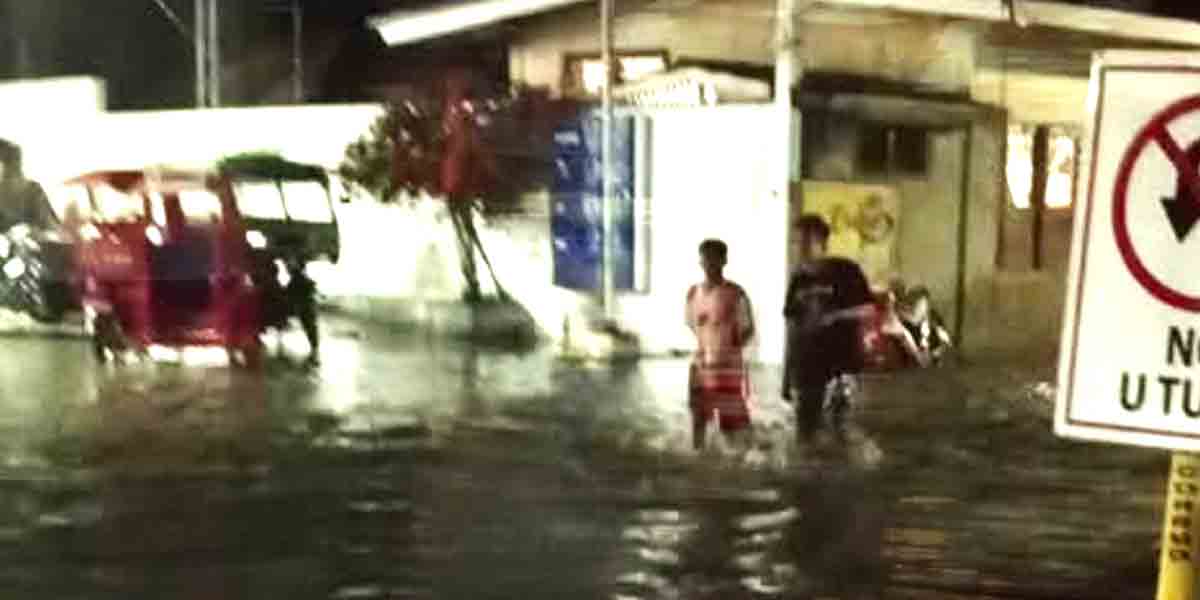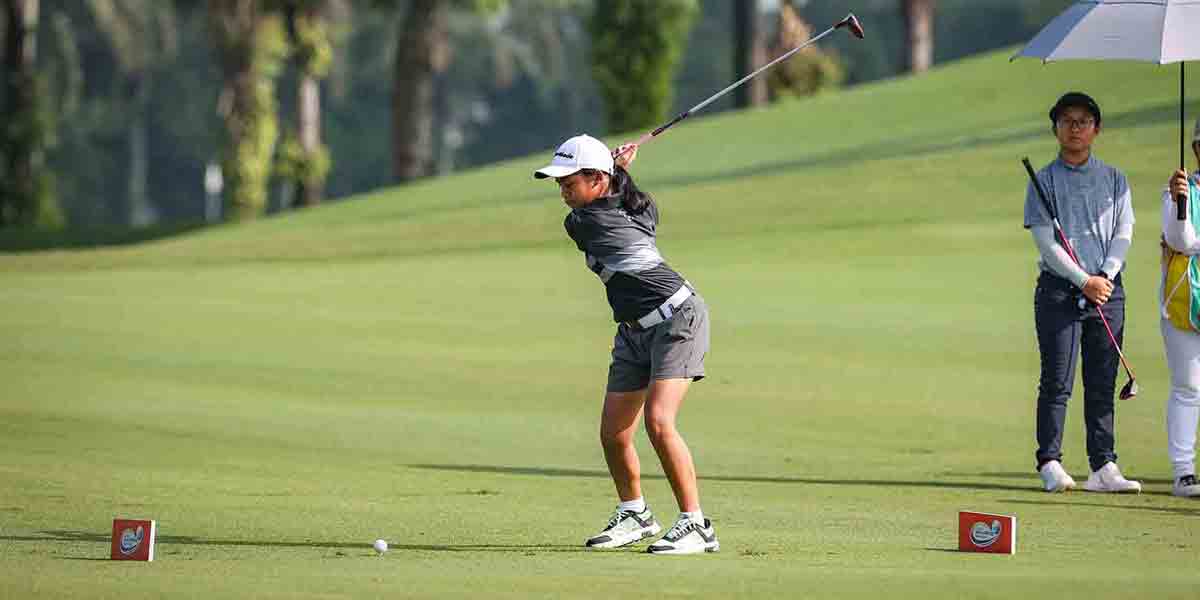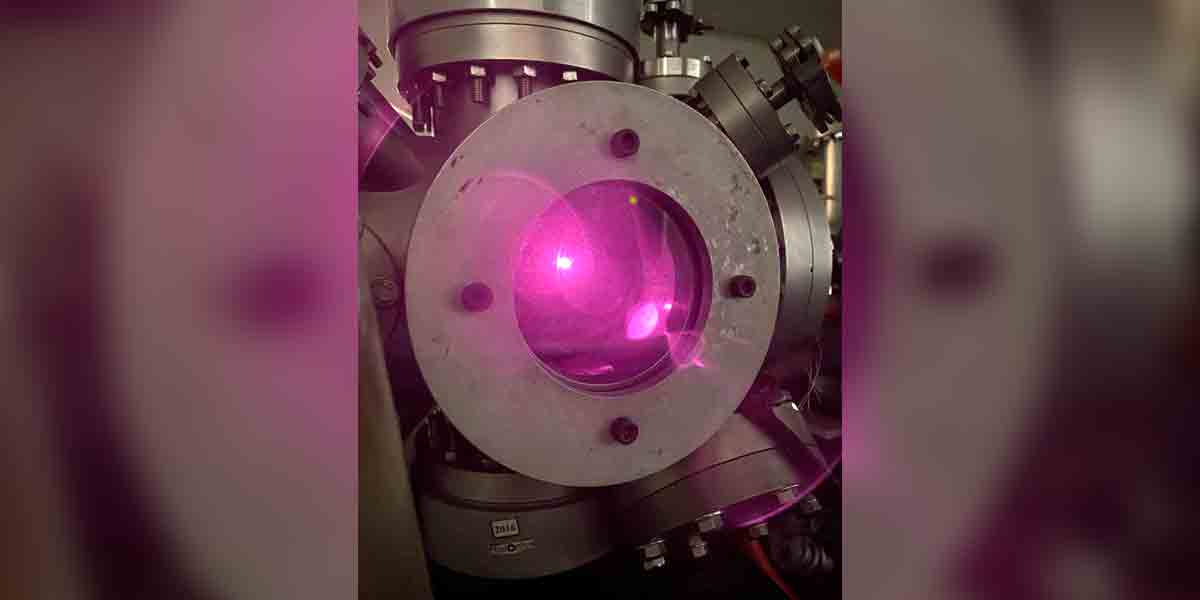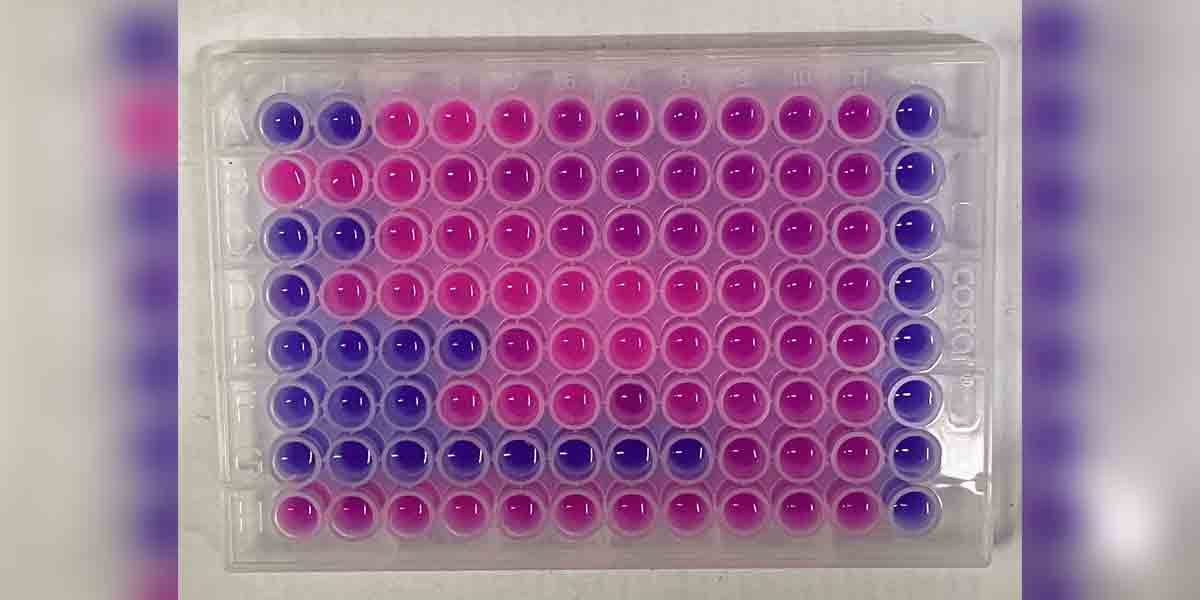 By Ray Adrian C. Macalalag
By Ray Adrian C. Macalalag
If you’ve been to Singapore or Dubai, you’re probably much aware of the technology that is applied in their transport system. It’s no wonder why people who live there generally patronize its public transport. With the on-the-dot departure and arrival times, coupled with state-of-the-art facilities, seamless transfers and intermodality, it seems like a dream come true for Filipinos.
But did you know that the government through the Department of Science and Technology (DOST) has invested in the development of a smart transport system for Region VI?
The Sustainable Technology-Assisted Route Planning or STARPLAN VI project is a DOST-Philippine Council of Industry, Energy, and Emerging Technology Research and Development (PCIEERD)-funded project implemented by researchers from the Intelligent Systems Laboratory (ISL) and the Sustainable Mobility Laboratory (SML) of De La Salle University in Manila.
The team aims to develop technologies such as the bus passenger counter and its communication system to transmit data, a mobile application for tracking land- and sea-based public transport by commuters, the public utility vehicle (PUV) scheduling tool, and the infrastructure assessment tool are important to support the public transport planning system and management of Western Visayas making it efficient, safe, reliable and sustainable.
As an unpopular opinion, true progress is seen when the upper class of society uses public transport and relies on it without the need of having private cars. Thus, the team finds an urgency to focus more research on how to improve the public transport system of the country in order to attract more people in using it and to eventually shift from the use of private vehicles.
Bus operators and bus companies are seen to benefit from the Advanced Traveler Assistance System (ATLAS) which offers real-time bus tracking, passenger count report generation, data analytics, and fleet management database. With this tool, it can be easy for operators to ensure proper seating of passengers as to bus capacity as well as added benefits on passenger alighting monitoring. The same application has a counterpart for drivers and prospective passengers. Estimated destination arrival can be updated in real-time by accessing traffic information from third-party sources.
The team also has developed a scheduling system that will go with the datasets.
One problem with the current bus transport is the counting of passengers going in and out of the bus which is being done manually. Another technology developed under the STARPLAN VI project is the enhanced bus passenger counter which makes use of a smart algorithm capable of real-time person detection and as a result, fully automates the passenger counting process.
Making transport seamless in the islands of Panay, Guimaras, and Negros, the project also includes a Transport Planner using a world-class transport planning software EMME4. Land transport is stitched together with maritime transport to improve decision making in optimizing transport modes in a properly scheduled manner.
Also added to the string of applications in the project is their economic assessment tool that will assist in the evaluation of proposed infrastructure projects. The tool aims to process data on travel time, vehicle operating costs, environmental effects, road crash, and vehicular flow to model intermodal sectoral effects of changes in the transport sector.
One ingenious application that I personally like in a demo they’ve done is the Catch-All Visual Intelligence which I believe will be beneficial in contactless apprehensions of traffic violators. The technology includes that of recognizing and recording license plates, pedestrian detection, and vehicle type detection. The system can be integrated with the traffic signalization to instantly detect the violators.
Their latest development so far that has a multitude of benefits if deployed for use is their Optimal Locations and Allocations of Personnel or OLAP. It optimizes allocation for health care and security personnel among checkpoints using advanced technology such as spatial and face recognition. It does not record the biometric data but rather simply detects proper wearing of masks and social distancing.
Truly, these tech innovations may be a bit behind when competed with the rest of the world. However, this promising feat that fuses engineering fields and information technology can lead the country to better mobility. While the capital seems to be having too much development and struggling to keep up with its transport demands, the Western Visayas with its steady growth has the highest potential in the dynamics of economic growth. Nevertheless, Iloilo City will be the top beneficiary of these innovations should they consider implementing these innovations in the coming years. Being the regional center, it has the initial resources needed for the success of implementing such toward the development of an intelligent transport system. I do personally hope that this pursuit would get much attention from stakeholders and ultimately support from the transport department and local government.
The author is a Filipino licensed civil engineer who specializes in highway safety and planning. He worked for the Department of Public Works and Highways before moving to National Economic and Development Authority as a senior policy and planning specialist.





















